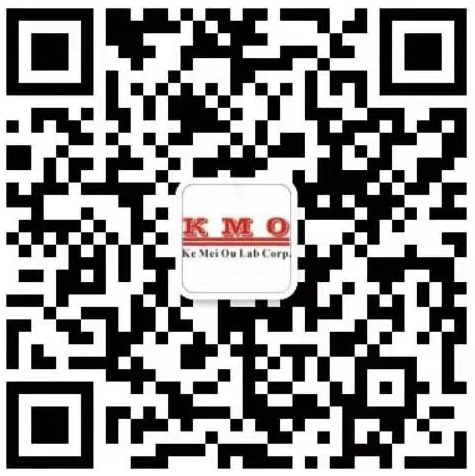As of January 26, 2023, the Department of Innovation, Science and Economic Development (ISED) in Canada has opened consultation on technical standards SRSP-517 and RSS-199. Comments will be accepted until March 29, 2023. ISED is seeding consultation on the following technical standards related to Broadband Radio Service equipment in the 2500-2690 MHz Bands: SRSP-517 Issue 2 and RSS-199 Issue 4. The drafted standards are available on the Radio Advisory Board of Canada (RABC) website. Further instructions on how to participate are provided in the links:
Radio Standards Specifications RSS-199, Radioband Radio Service (BRS) Equipment Operating in the Band 2500-2690 MHz, issue 4, replacing RSS-199, Broadband Radio Service (BRS) Equipment Operating in the Band 2500-2690 MHz, issue 3, dated December 2016. Major changes include adding the 2500-2690 MHz Band plan for paired and unpaired spectrum. An additional maximum transmit power requirements for fixed station and base stations for non-AAS and AAS equipment. Total radiated power (TRP) requirements added for unwanted emissions. More supplementary definitions have been given clarification of terms used. The RSS structure was reanalyzed to reflect the modernization of current technologies. Editorial changes and clarifications were made to minimize confusion or vague language.
Standard Radio System Plan SRSP-517, Technical Requirements for Broadband Radio Service in the Band 2500-2690 MHz, issue 2, replaces SRSP-517, Issue 1, dated July 17, 2014. Issue 2 of SRSP-517 incorporates technical rules for active antenna systems (AAS). The major changes were to incorporate technical rules to facilitate the deployment of AAS and an editorial update through the document to reflect the change.
A new definition that has been added is active antenna system (AAS). Active antenna system (AAS) is an antenna system where the amplitude and/or phase between antenna elements is dynamically adjusted, resulting in an antenna pattern that varies in response to short-term changes in the radio environment. An AAS may be integrated into a fixed or base station. Antenna systems used for long-term beam shaping, such as fixed electrical down tilt, is not considered AAS. Frequency block group is an aggregation of contiguous frequency blocks that contain the equipment’s bandwidth. Non-active antenna system (Non-AAS) is an antenna system that does not meet the definition of AAS.
Technical requirements and antenna height limits for active antenna systems are the following. For fixed and base stations operating in the band 2500-2690 MHz with a channel bandwidth equal to or less than 1 MHz, the maximum permissible e.i.r.p. is 62 dBM, with an antenna height above average terrain (HAAT) of up to 300m. Channel bandwidth greater than 1 MHz, the maximum permissible e.i.r.p. is 62 dBM/MHz, with an antenna HAAT of up to 300 m. Fixed and base stations with an antenna HAAT exceeding 300 M shall apply a reduction in e.i.r.p. according to the following formula.
e.i.r.p reduction = 20 log10(HAAT/300) dB
The following equation shall be used to determine the e.i.r.p. for fixed and base stations operating in the band 2500-2690 MHz to ensure compliance with the maximum permissible e.i.r.p. specified.
e.i.r.p. = TRP + Ge + 10 log10(min(NTX,8))
TRP is the total radiated power, Ge is the gain of one antenna element in dBi, and NTX is the number of transmit antenna element.
The maximum permissible TRP limits are specified in RSS-199.
 Follow us for the latest news
Follow us for the latest news Working hours: 9:00-18:30, Monday to Friday
Contact:Lisa Liu
Mobile:18028790769
Email: kmo@kmolab.com
Address:Room 2013, 20th Floor, Business Center, Jiahui Xin Cheng, No 3027, Shen Nan Road, Fu Tian, Shen Zhen, Guang Dong, China
